Having discovered the Ark of the Covenant, escaped the Temple of Doom and journeyed on one last crusade to find the Holy Grail, it was nice to see Indiana Jones retire at the end of Indiana Jones and the Kingdom of the Crystal Skull, marrying the woman he loved and becoming a father to his estranged son, albeit with the hint that perhaps he wasn’t done adventuring yet. Much as Star Wars had a hugely successful trilogy, a less popular revival in the noughties and nostalgic continuation from the next generation of filmmakers, Indy has now come back for one last adventure with Indiana Jones and the Dial of Destiny. Does this fifth (and supposedly final) entry belong in a museum alongside its predecessors, or are some treasures best left buried?

The film opens with a fun flashback sequence to 1944 featuring a younger Indy fighting Nazis and encountering the titular Dial of Destiny – a device built by Archimedes with mysterious temporal capabilities. The much-touted digital de-ageing on Harrison Ford is solid, even though it slips into the uncanny valley at a few points (perhaps a ‘less is more’ approach could have worked better), yet Ford’s performance still shines through. When the action moves to the ‘present day’ of 1969, we find an Indiana Jones who’s struggling to find his place in a rapidly-changing world without his family – in a rather disappointing retcon of Kingdom of the Crystal Skull‘s ending. Indy is more gruff and distant than ever, reaching retirement and secretly craving another adventure, and Harrison Ford is as excellent in the role as ever. His sense of humour, charm and action prowess (the actor clearly still knows how to throw a good punch) suggest that Ford hasn’t lost a step.
With the story jumping forwards in time, we’re introduced to an almost entirely new supporting cast. Phoebe Waller-Bridge strikes a good balance between overly-enthusiastic and ethically ambiguous as the supporting heroine Helena, and her chemistry with Ford carries not only a majority of the humour but some of the film’s heart as well. Thomas Kretschmann, Toby Jones and Antonio Banderas play minor supporting roles, and while the return of John Rhys-Davies as Sallah is sure to ignite some discussions about changing casting attitudes between 1981 and 2023, it is nice to to see a familiar face, and Rhys-Davies lights up the screen anytime he’s around. Notable by her absence is Karen Allen as Marion, although the story does at least try to resolve this glaring omission, while Ethann Isidore makes a solid impression as Teddy, Helena’s Short Round-esque sidekick. There is the sense that Mads Mikkelsen and Boyd Holbrook could play the main villain and henchman respectively in their sleep, and while neither character is particularly memorable, both actors bring their prior villainous experience to bolster their admittedly underwritten parts.

It’s at this point that we come to the ultimate issue with Dial of Destiny: it’s solid, but fairly unremarkable. There’s a clear attempt to make this a standalone adventure for Indy (there’s nowhere near as many call-backs and references as some may expect, based on recent blockbusters), with new characters and a new story, whilst also trying to capture the ‘feel’ of an Indiana Jones film. Perhaps the creative team are playing it too safe, or perhaps they’re trying to figure out the movie’s identity without franchise director Steven Spielberg at the helm (he’s simply a Executive Producer this time). New director James Mangold does a fine job behind the camera, but Dial of Destiny feels a bit too 2023: too clean, too digital and missing a few small elements that even Kingdom of the Crystal Skull was able to incorporate.
The visual effects are mostly fine, although with the movie’s reported $295 million budget, you’d hope for something a little more tactile in places. The story – despite four credited writers – hits the familiar beats, adds a couple of new ones, but doesn’t feel too memorable. Even the slightly bizarre ending sequence is a little tame in comparison to the alien sequences in Kingdom of the Crystal Skull. Amongst all my doubts, it’s undeniable that John Williams‘ score is still wonderful to hear at the cinema once again – especially in IMAX. Like the rest of the film, there’s no particularly memorable new cues, but when The Raiders March kicks in, you’re instantly transported into another Indiana Jones adventure.

All in all, Indiana Jones and the Dial of Destiny is a solid, if unremarkable return for the man in the hat. There’s no escaping the sense that the film didn’t need to be made, but co-writer/director James Mangold offers just enough new elements to keep things fresh, and the familiar elements feel all that more special. Perhaps the film could have afforded to take more risks, and it’s running time is a little too long for my liking (even with its slightly rushed ending), but it’s still an enjoyable adventure that ticks all the right boxes for an Indiana Jones movie.


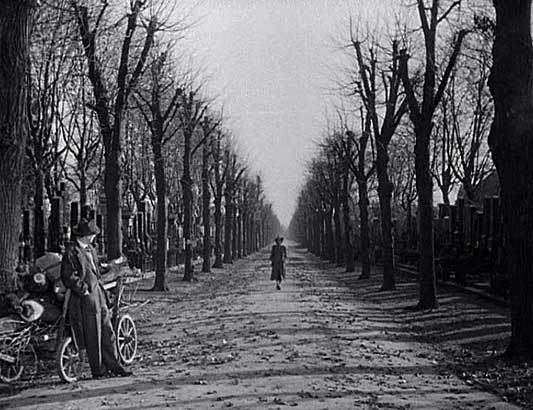
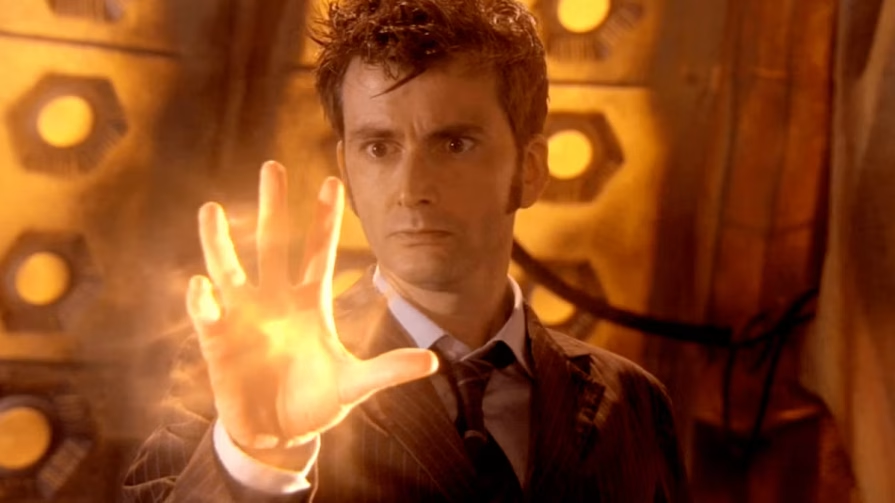
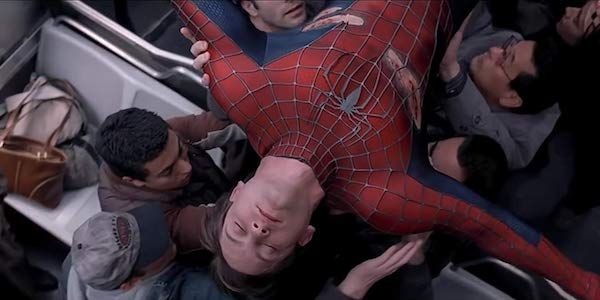
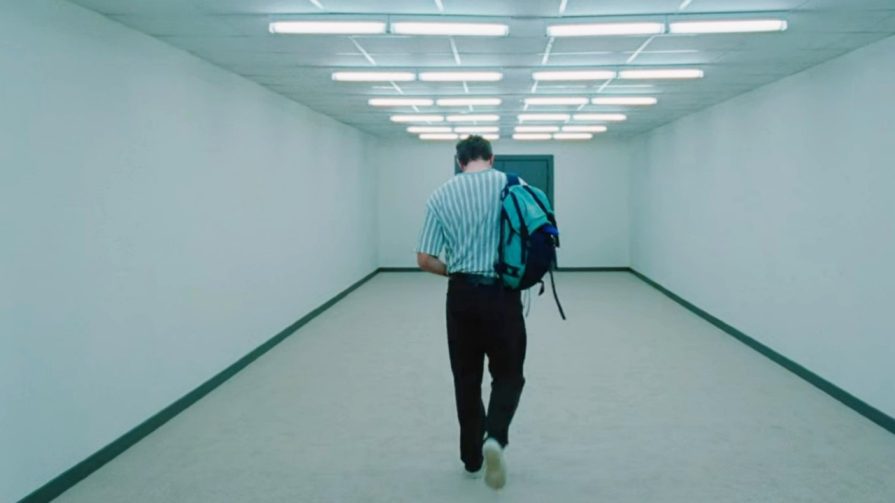
![Unquiet Guests review – Edited by Dan Coxon [Dead Ink Books]](https://criticalpopcorn.com/wp-content/uploads/2025/10/ug-reddit-ad-e1761690427755.jpg?w=895)

![Martyrs 4K UHD review: Dir. Pascal Laugier [Masters Of Cinema]](https://criticalpopcorn.com/wp-content/uploads/2025/10/image-1-e1761586395456.png?w=895)
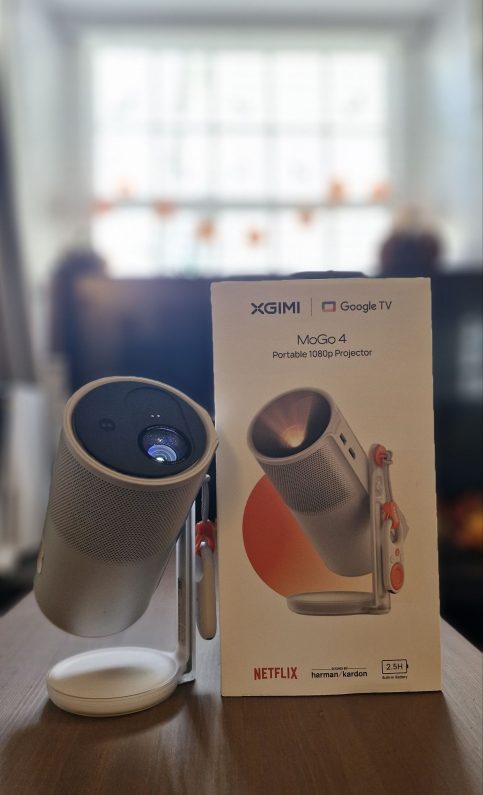
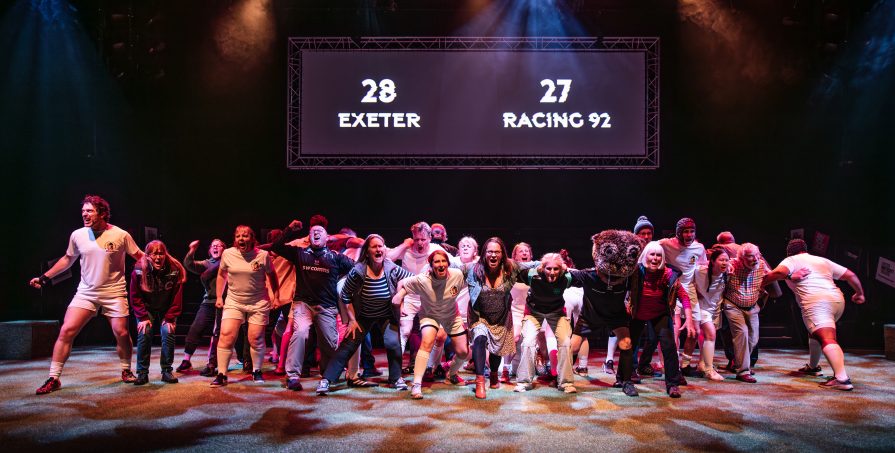
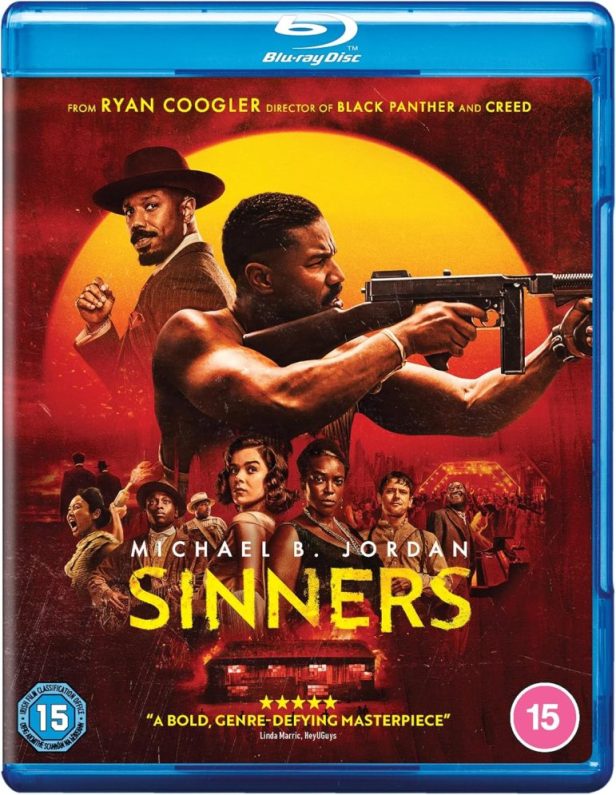

![Why I Love… Steve Martin’s Roxanne [1987]](https://criticalpopcorn.com/wp-content/uploads/2016/11/roxanne.jpg?w=460)

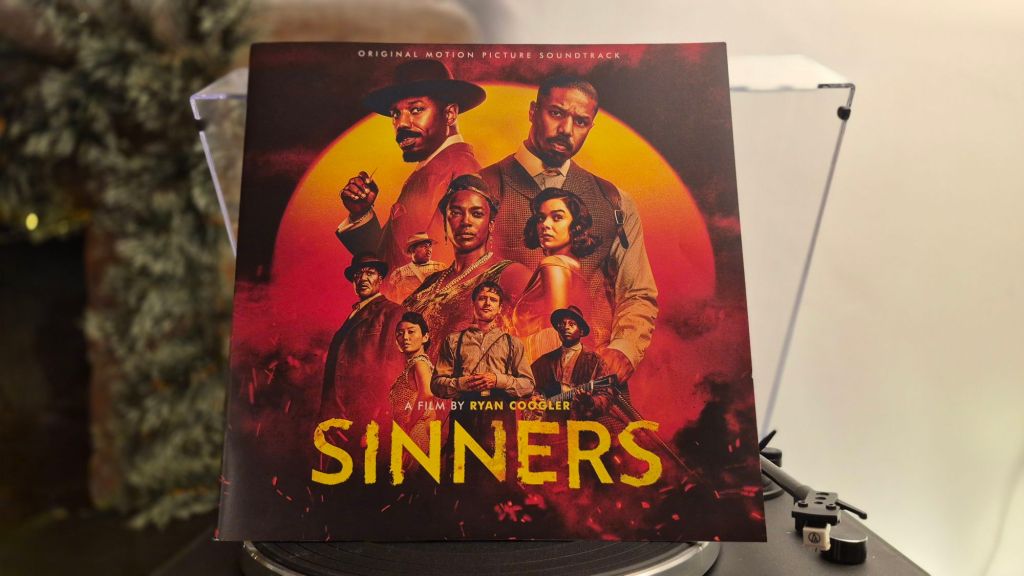

Post your thoughts